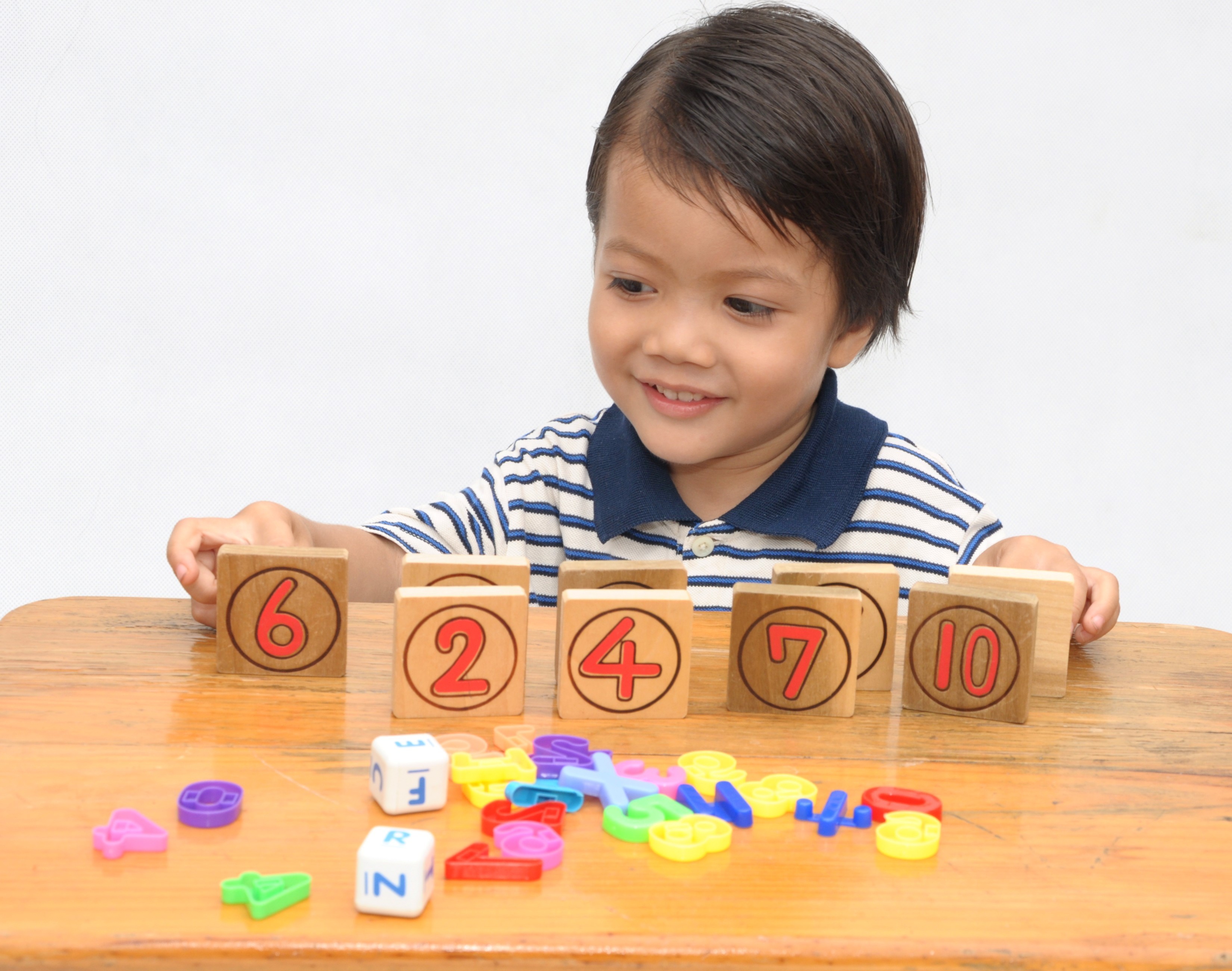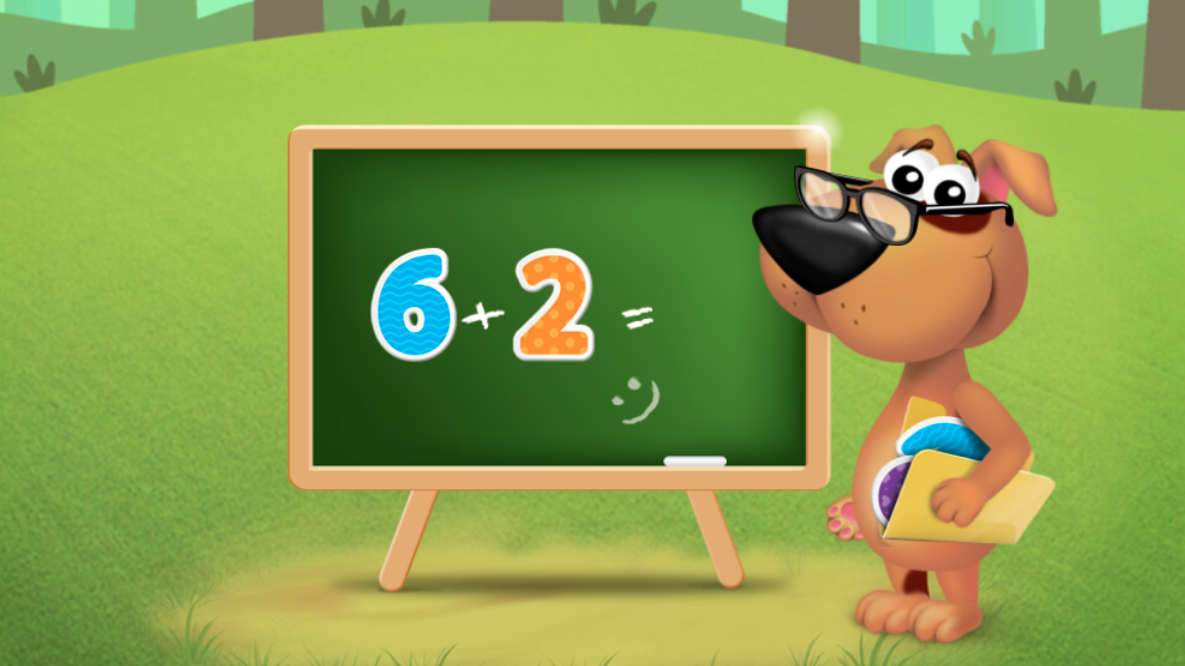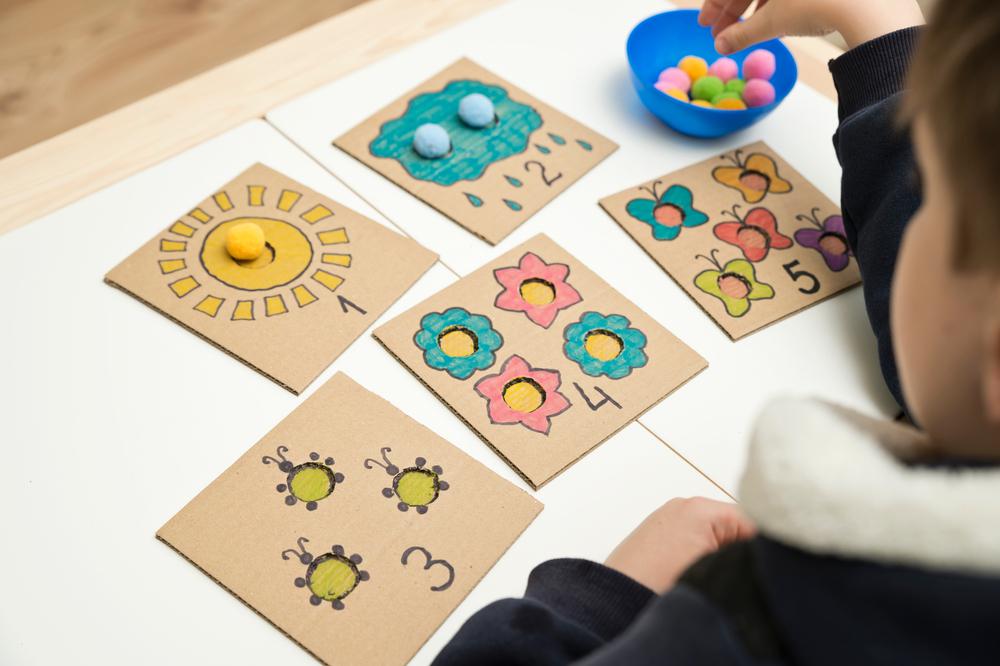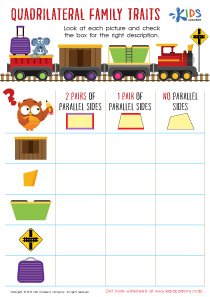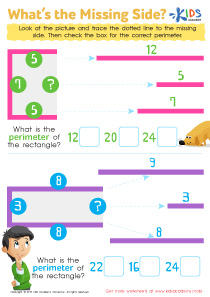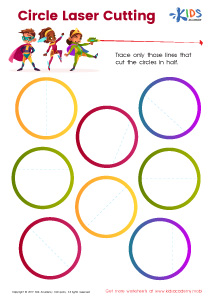Shape Recognition Normal Tracing Shapes Worksheets for 4-Year-Olds
6 filtered results
-
From - To
Introduce your little learners to the exciting world of shapes with our "Shape Recognition Normal Tracing Shapes Worksheets for 4-Year-Olds." Designed to enhance shape recognition skills, these engaging worksheets provide a fun way for preschoolers to practice tracing various shapes, including circles, squares, triangles, and more. Each page is colorful and captivating, encouraging children to develop fine motor skills while fostering essential cognitive development. These worksheets are perfect for home or classroom use, ensuring your child masters shape recognition in an enjoyable and interactive way. Watch as they gain confidence and creativity—download and start exploring shapes today!
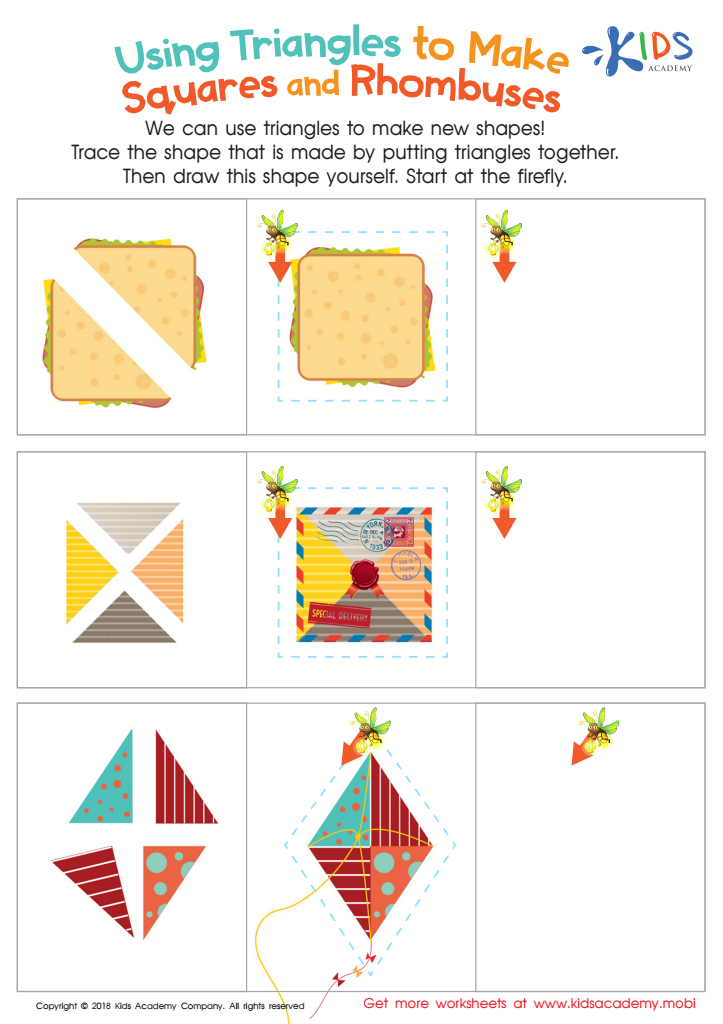

Using Triangles to Make Squares and Rhombuses Worksheet
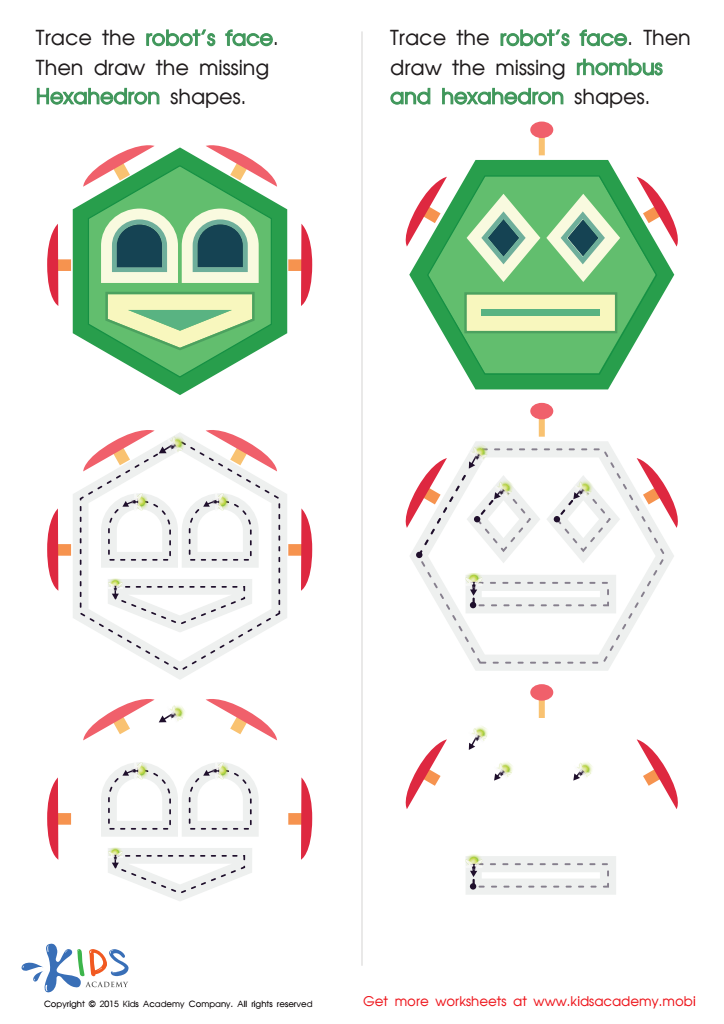

Practice Drawing Hexahedrons And a Rhombus Worksheet
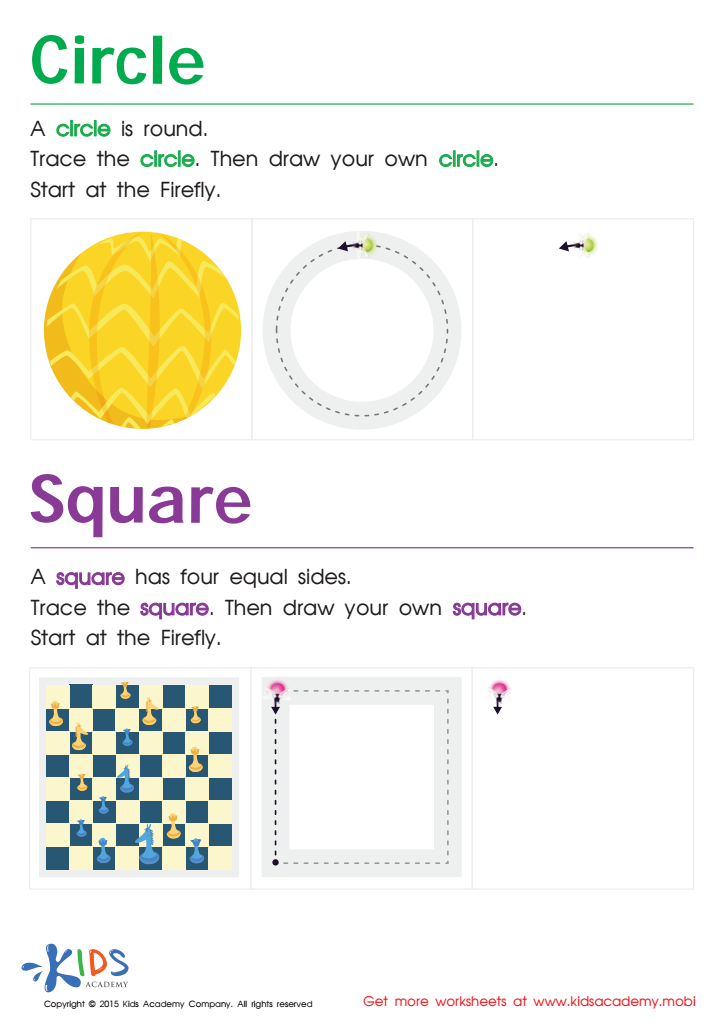

Trace And Draw a Circle And a Square Worksheet
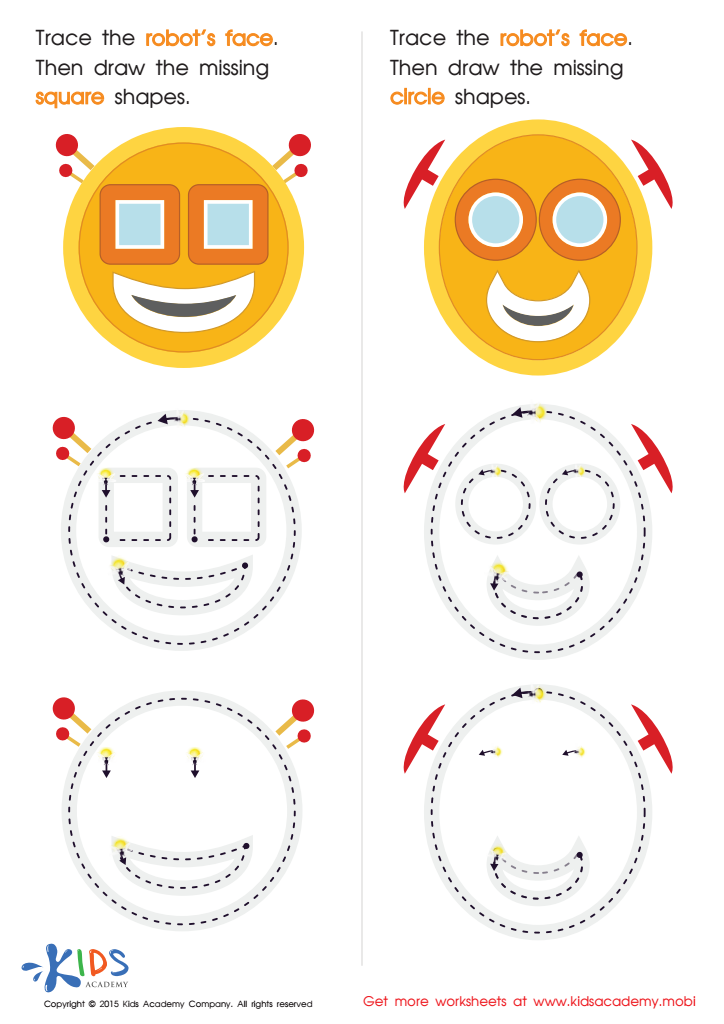

Practicing to Draw Circles And Squares Printable
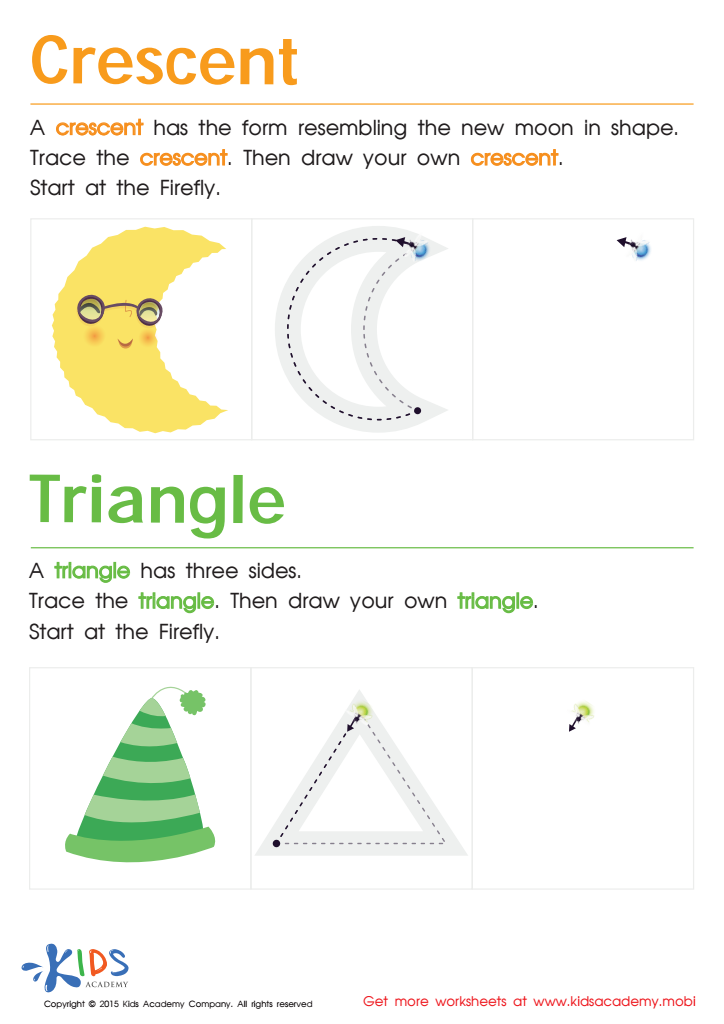

Learning to Draw Crescents And Triangles Worksheet
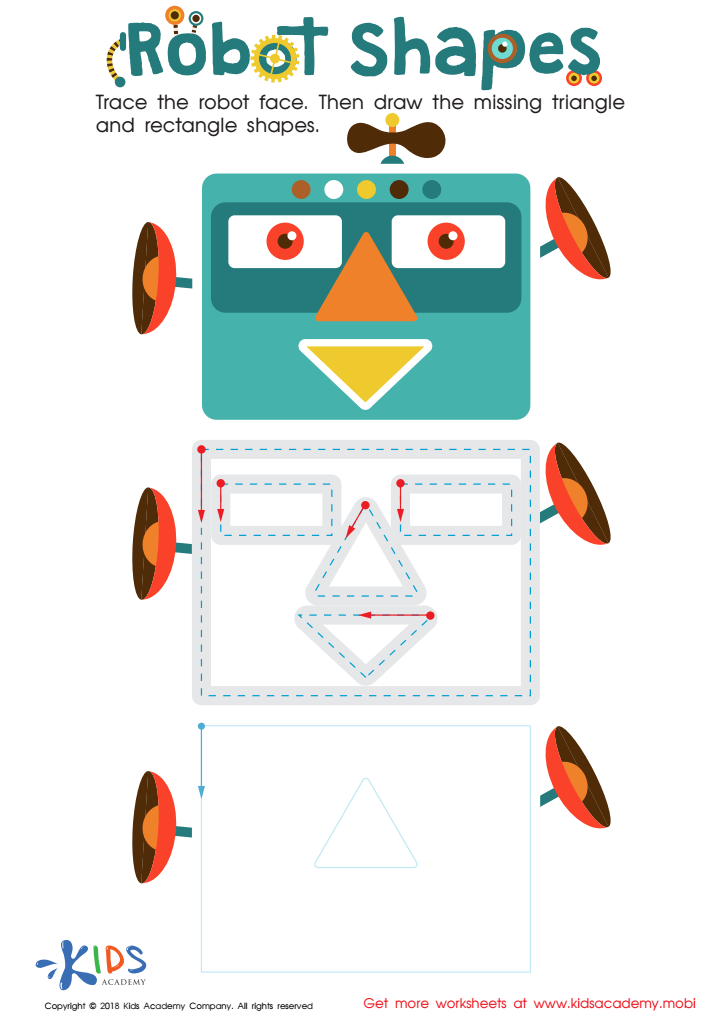

Robot Shapes Worksheet
Shape recognition and tracing shapes are essential skills for 4-year-olds as they lay the groundwork for future learning and development. Parents and teachers should care about these activities because they promote cognitive growth and enhance fine motor skills. Recognizing shapes helps children understand the world around them, as shapes are foundational elements in construction, art, and problem-solving. Mastering shape recognition also begins the process of categorization, helping children develop critical thinking skills.
Tracing shapes requires hand-eye coordination and strengthens the muscles in their hands, which is vital for tasks such as writing and using tools in the future. Moreover, engaging in shape-related activities fosters creativity, allowing children to explore their imagination through various art projects.
Additionally, these activities can be fun and interactive, encouraging parental involvement and facilitating bonding moments. As parents and teachers guide children through shape recognition and tracing, they also lay the foundation for spatial awareness and mathematical understanding, paving the way for later academic success.
Ultimately, investing time in shape recognition and tracing shapes allows children to build crucial skills while enhancing their confidence and curiosity about learning, making it a key focus for both parents and educators.

 Assign to My Students
Assign to My Students


